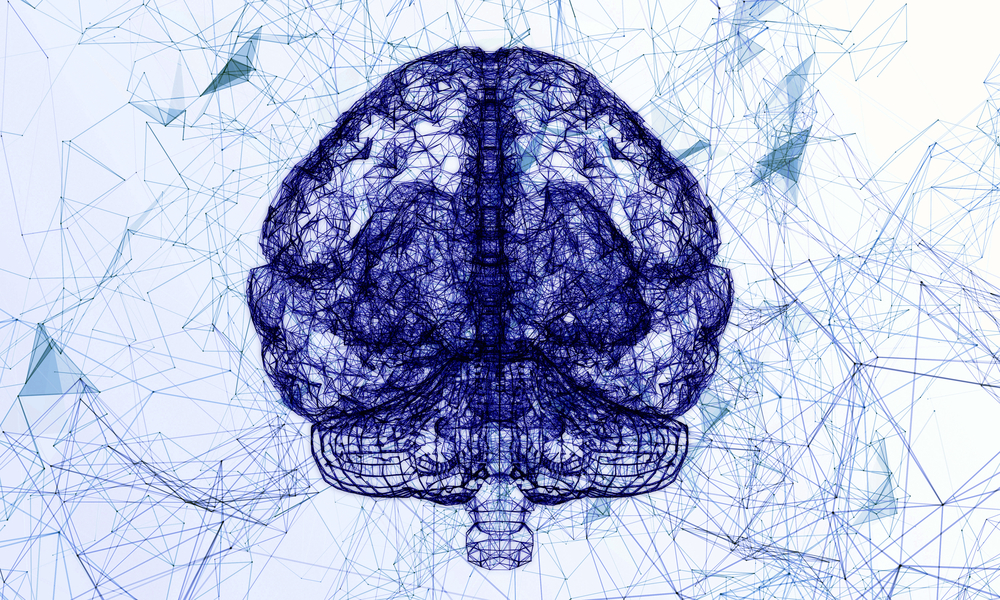Dopamine-Resistant Tremors Caused by Abnormal Brain Activity, Study Finds

Parkinson’s patients whose tremors respond poorly to dopaminergic medications are likely experiencing abnormal brain activity outside the brain’s dopaminergic system, a study finds.
The results, “Cerebral differences between dopamine-resistant and dopamine-responsive Parkinson’s tremor,” were published in the journal Brain.
The main cause of motor symptoms in Parkinson’s disease is a lack of dopamine — a key brain chemical — resulting from a loss of dopaminergic neurons in the substantia nigra, a brain area responsible for controlling voluntary muscle movements. For that reason, levodopa, a dopamine replacement therapy, is often recommended to ease Parkinson’s symptoms.
“However, while dopaminergic medication effectively treats bradykinesia [slowness of movement] and rigidity, the effect on resting tremor is unpredictable and varies greatly between patients,” the researchers said.
“This observation casts doubt on the idea that Parkinson’s tremor has a dopaminergic basis,” they said.
One alternative explanation for the variability in treatment response is that tremors have different underlying causes depending on the patient. In some people, tremors indeed are caused by disturbances in the brain’s dopaminergic system — and for that reason, those patients respond well to dopaminergic medications. In other individuals, however, the tremors have a different underlying cause that these therapies are not able to tackle.
Researchers from the Donders Institute for Brain, Cognition and Behaviour, in the Netherlands, now set out to determine whether resting tremors that are resistant to dopaminergic medications are linked to abnormal brain activity in non-dopaminergic brain regions, such as the cerebellum, a region responsible for body balance.
To test this hypothesis, they first carried out a levodopa challenge, in which they administered the medication to 83 people with Parkinson’s who regularly experienced resting tremors. Their aim was to evaluate the patients’ response to the therapy.
After dosing, they selected the 20 participants who had the best treatment responses — tremors reduced by 71% after therapy — and the 14 patients who had the worst treatment responses. Those participants had their tremors reduced only by 6% after therapy.
Then, in the new subgroup of 34 patients with the best and worst responses to treatment, they used a technique called combined electromyography with functional magnetic resonance imaging (EMG-fMRI). That technique evaluated the participants’ tremor-related brain activity in two different settings: immediately after treatment with a placebo, or immediately after being treated with levodopa/benserazide combination therapy, administered at a dose of 50 or 200 mg.
Results showed that individuals whose tremors failed to respond to therapy had higher tremor-related brain activity in non-dopaminergic brain regions, including the cerebellum.
Conversely, in patients who had the best responses to treatment, analyses showed most tremor-related brain activity happened in dopaminergic brain regions. These regions included the thalamus, which regulates consciousness, sleep, and alertness, and the secondary somatosensory cortex, a region involved in pain processing.
In addition, researchers found that, in both groups, levodopa prevented abnormal brain activity associated with tremors in the thalamus. However, this protective effect was much stronger in people who responded well to dopaminergic medications compared with those who responded poorly to treatment.
“These results suggest that dopamine-resistant tremor may be explained by increased cerebellar and reduced somatosensory influences onto the cerebellar thalamus, making this region less susceptible to the inhibitory effects of dopamine,” the investigators said.
“These findings may have therapeutic implications, suggesting that an alteration of cerebellar reactivity and/or tremor-related processing may improve the clinical dopamine response of tremor,” they added.






